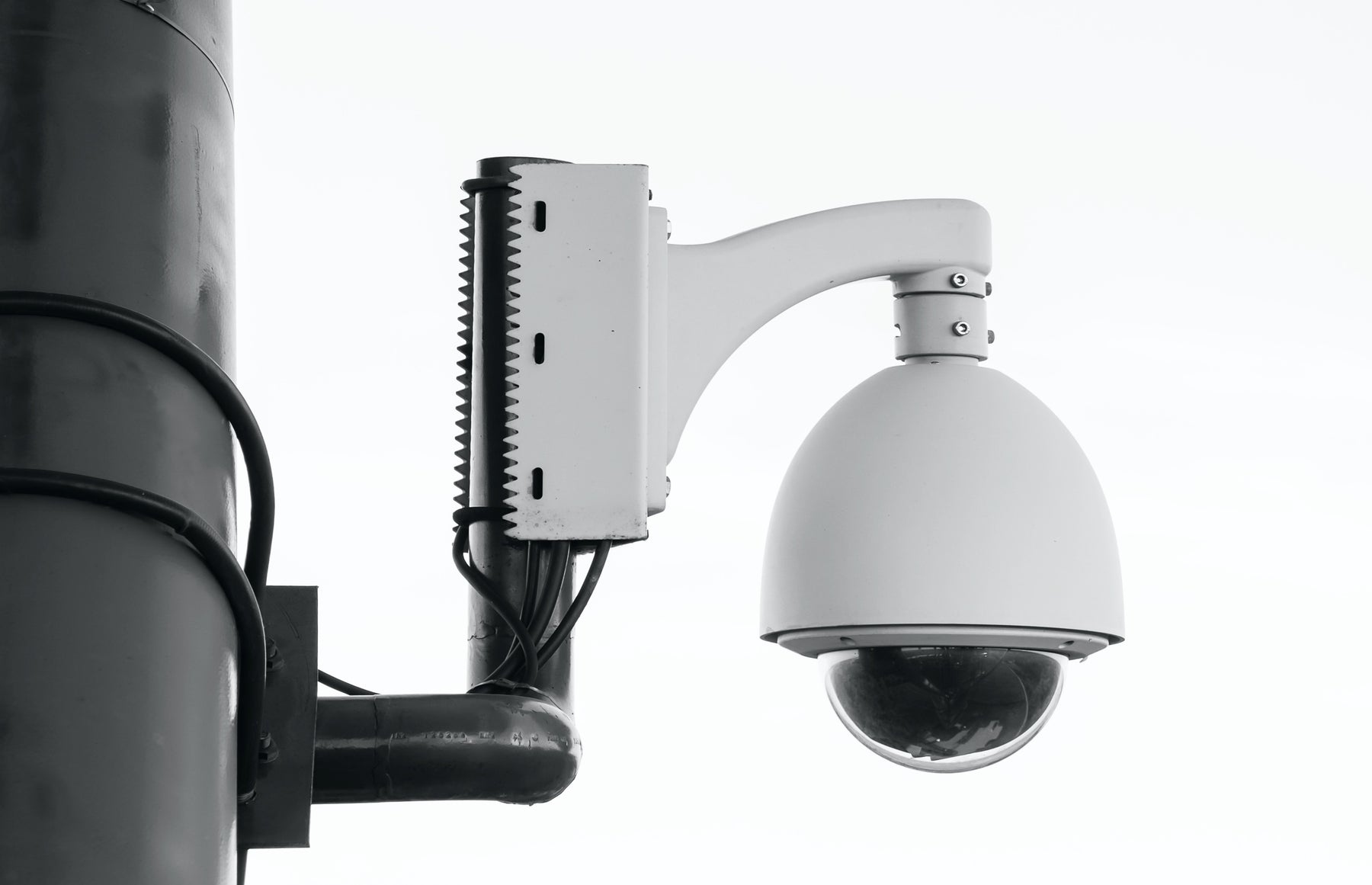
Outdoor Surveillance Installation Complete Guide - Part 2
During an outdoor installation, there are different situations and scenes installers may encountered. Here we are going to explain some concerns to prevent problematic outcome:
Outdoor Installation Concerns
Field of View
The field of view around the installation point should be as broad as possible to avoid obstructing objects in front of the lens that affects autofocus.
Camera Height
For a better viewing angle on outdoor installation, install the camera within the 4-8 meters height range or an appropriate installation height according to the specific monitoring requirements. When installing a 2-3 meters high pole, try to avoid the possibility of vehicle scratches and collisions to prevent an accident.
Supplemental Light
If there is supplementary light equipment such as infrared or laser, avoid nearby obstructing objects like leaves or walls, which may cause reflections and overexposed pictures in white.
Image Exposure
The installed lens should avoid facing directly to any light source to prevent backlight and image exposure.
Fill Light
When selecting a constant-bright LED fill light according to the monitoring scene's distance and angle range, it should be facing the same direction and distancing about 1 meter with the lens. Slightly adjust the angle around 30° for the best light intensity and not overexposing the picture.
Installation Environment
Avoid high humidity and a foggy installation environment. Also, if a dusty environment is unavoidable, it is necessary to clean and maintain the outer surface of the lens regularly. Installing infrared equipment in a dusty environment without light will show a snowy-like effect on the screen, which is a normal scatter dust reflection phenomenon.
Installation Stability
Ensure a certain degree of stability of the installation position and mounting pole to avoid a severe shaking image.
Night-time Situation
The brighter the night environment, the smaller the noise and the clearer the image will be. Select different low-light performance equipment according to the environmental illuminance. It is recommended to choose built-in infrared or laser supplementary light equipment in low-light environments; or use an additional supplemental light to increase the ambient illuminance.
The Impact of the Background brightness
The brighter the background affects automatic exposure and causes a darker foreground target, so the upper edge of the image should be adjusted near the ground line if there is a bright background like a daytime sky behind.
The Impact of the Magnification size
When looking into the details, installers have to adjust the lens at the appropriate magnification according to the distance of the scene so that the camera can recognize the pedestrian target and objects such as license plates with enough pixels.
Adjust the lens position according to the monitoring needs and set a default position with the best viewing angle after completing the installation.
The Impact of the Lighting angle
When the light beams angled at night, adjust the lens view with the same direction as the light ray instead of a backlight.
Feel free to contact our support team for more installation information and we are happy to help!

Leave a comment